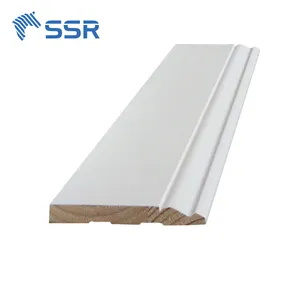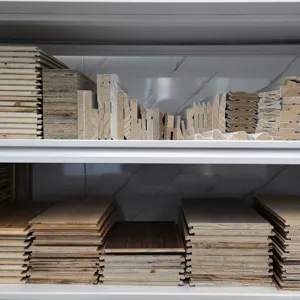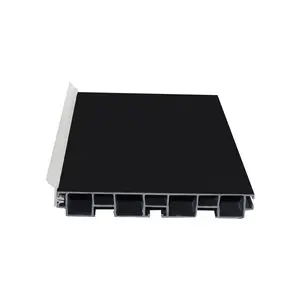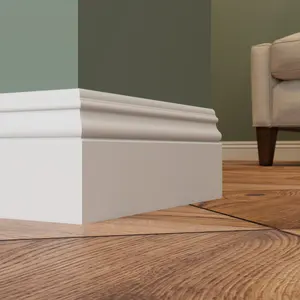Explore the Versatility of Cornice Coving
Cornice coving, a decorative architectural element, serves as a transition between walls and ceilings, offering both aesthetic and functional benefits. This product category encompasses a variety of designs and materials, catering to diverse architectural styles and preferences.
Types and Materials
Cornice coving comes in an array of materials, each with its unique attributes. Plaster coving, known for its classic look and durability, remains a popular choice for traditional settings. For modern and lightweight applications, polystyrene and polyurethane options provide flexibility and ease of handling. Metal coving, often chosen for its strength, suits industrial environments, while PVC coving offers moisture resistance, ideal for bathrooms and kitchens.
Applications and Features
The application of cornice coving extends beyond mere decoration. It plays a role in concealing imperfections, providing a clean finish to interiors, and can also be used to hide wiring or lighting fixtures. The features of coving include its ease of installation and the ability to paint over most materials, allowing for customization to match any interior design scheme.
Design and Aesthetics
Aesthetic versatility is a hallmark of cornice coving. Designs range from simple, clean lines that complement a minimalist decor to intricate patterns that echo ornate historical periods. Some coving profiles include pre-marked designs, adding texture and depth to an otherwise flat surface, enhancing the overall visual appeal of a space.
Advantages of Cornice Coving
The advantages of incorporating cornice coving into a design project are manifold. Its ability to improve the transition between wall and ceiling can elevate the perceived quality of construction. Additionally, the material diversity ensures there is a coving solution for every environmental condition, from high-humidity areas to spaces requiring robust, impact-resistant materials.
Selection and Sustainability
Selecting the right cornice coving involves considering the specific needs of a project, such as the desired longevity, the environmental conditions of the installation space, and the level of detail appropriate for the setting. Furthermore, many coving materials now prioritize sustainability, with recyclable options available to those seeking eco-friendly building components.











































 浙公网安备 33010002000092号
浙公网安备 33010002000092号 浙B2-20120091-4
浙B2-20120091-4